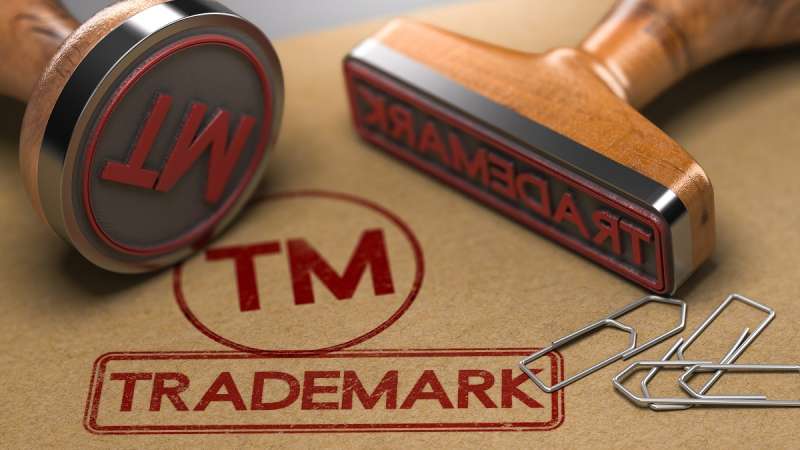
Most, if not all, businesses, regardless of the sector in which they operate, are likely to need to pursue an unpaid debt at some time. For most businesses, it is critical that the collection of outstanding debts is managed efficiently to assist cash flow.
This blog explores the various stages whereby a debt owed by a limited company can be recovered.
Pre-Action Correspondence
If the debtor has ignored your emails and telephone calls to pay outstanding debt, the first step is to send a letter of claim to the debtor in accordance with the Practice Direction on Pre-Action Conduct and Protocols, which is contained in the Civil Procedure Rules (CPR). The CPR governs the conduct of litigation in England and Wales.
The letter of claim must contain the following information:
- The basis on which the claim is made (e.g. the contract entered into between your business and the debtor);
- A summary of the relevant facts;
- What you want from the debtor; and
- What amount you are claiming from the debtor, and how that amount is calculated.
Copies of any key documents (e.g. the contract and copies of your outstanding invoices) must also be enclosed with the letter of claim.
Our letter of claim will give the debtor a short timescale to respond. In cases where a business owes the debt, the debtor is normally given seven days to pay the debt or respond as to why they think the debt is not owing.
It is our experience that often, a single letter of claim sent by a solicitor prompts payment of the debt.
However, some debt recovery matters, particularly those which are of a high value and are complicated, can become complex and heavily contested.
Issuing a County Court Claim
If the letter of claim is ignored or the debtor does not provide any proper arguments as to why the debt is not owed, the next step is normally to issue Court proceedings to recover the debt owing. This process is also governed by the CPR. It is often the case that issuing Court proceedings prompts payment of the debt unless there are genuine reasons as to why the debt is not owing.
Issuing Court proceedings is a formal process that requires a Claim Form and Particulars of Claim to be drafted.
The Claim Form needs to set out the following information:
- The names and addresses of both the claimant and the defendant;
- Brief details of the claim;
- The value of the claim, including any interest and costs, claimed; and
- The name of the Court which should deal with the Court proceedings if the claim is defended.
The Particulars of Claim need to set out the following information:
- The nature of both the claimant’s and the defendant’s businesses;
- The terms of the contract entered into between the claimant and the defendant;
- Details of how the claimant has performed its obligations under the contract;
- Details of the claimant’s outstanding invoice(s);
- The defendant’s failure to pay the claimant’s outstanding invoice(s);
- Any interest which is claimed and the basis for claiming the interest; and
- Whether the claimant and defendant have complied with the Practice Direction on Pre-Action Conduct and Protocols.
Once the Claim Form and Particulars of Claim have been drafted, they are sent to the Court for issuing. A Court issue fee is payable when the Court proceedings are sent to the Court. The amount payable depends on the value of the claim but will range from £35 up to a maximum of £10,000.
Once the Court proceedings have been issued by the Court and served on the defendant, the defendant only has 14 days to respond to the Court proceedings. If the defendant does not respond to the Court proceedings, then Default Judgment can be applied for. Alternatively, the defendant may respond as follows:
- Admit the entirety of the debt, in which case the Court will order Judgment in your favour.
- Admit part of the debt, in which case you can decide whether to accept the part-admission in full and final settlement of the claim or reject the part-admission and continue with the Court proceedings.
- Defend the debt in part or whole.
- Bring a counterclaim in respect of any losses the defendant may have suffered.
Enforcement options
Once you obtain a County Court Judgment (CCJ) from the Court, you may have to enforce the same if the debtor still does not voluntarily pay the debt. There are various enforcement options available, including:
- Instructing bailiffs to take control of goods. This requires the issue of a Court document (in the High Court, a Writ of Control, and in the County Court, a Warrant of Control) which allows a High Court enforcement officer or County Court bailiff or other enforcement agents to take control of and sell the judgment debtor’s goods to raise funds to satisfy the judgment debt.
- Obtaining a third party debt order. This means that sums owed to a judgment debtor that are in the hands of a third party (for example, a bank) are frozen and seized for the benefit of the judgment creditor.
- Obtaining a charging order. A charging order is a way of securing the judgment debt by imposing a charge over the judgment debtor’s beneficial interest in land, securities or certain other assets. This usually prevents the judgment debtor from selling the land, security or other assets without paying what is owed to the judgment creditor, provided that there is enough equity after payment of any prior creditors. Charging orders are most commonly obtained against property and are most effective when there is substantial equity in a property, and the judgment debtor is the sole owner. Please note, the Court may not allow a small judgment to be secured by way of a charging order. Furthermore, a charging order in itself does not realise any funds to satisfy the judgment debt as that would require a sale of the property.
Applying for the debtor to be wound-up on the basis it is unable to pay its debts as they fall due. Normally before winding-up proceedings are commenced, a statutory demand is sent to the judgment debtor demanding payment of the judgment debt within 21 days.
Winding-up proceedings should really be used as a last resort when trying to enforce a judgment debt. After a winding-up order is made, the judgment debtor’s assets will be collected by a trustee in bankruptcy or liquidator and distributed among all the creditors in accordance with insolvency law.
- However, this can be expensive and time-consuming and may not ultimately lead to any recovery. The threat of insolvency can sometimes lead to the debtor making payment, but the Courts discourage the use of insolvency procedures as a debt collection exercise.
Insolvency and winding-up proceedings
Where a limited company is unable to pay its debts, another potential option to try and recover the debt is to make the company insolvent rather than sending a letter of demand and then issuing County Court proceedings. However, commencing winding-up proceedings should be regarded as a last resort and generally speaking, the winding-up procedure should not be used as a means of enforcing a debt.
The steps which need to be taken to wind a company up are:
- Checking for notices or records of winding-up petitions to ensure another creditor has not already commenced insolvency proceedings against the debtor.
- Serving a statutory demand on the company to demand repayment of the debt within 21 days.
- If the debt is not paid within 21 days, issuing a winding-up petition to start the formal Court process of making the company debtor insolvent.
- Obtaining a winding-up order from the Court, i.e. that the debtor is placed into compulsory liquidation.
- Submitting a proof of debt form to the liquidator in order to lodge your claim for repayment of the debt.
There are advantages and disadvantages to using the winding-up route as a way of trying to collect the debt.
Some advantages are:
- The threat or commencement of winding-up proceedings can result in the debt being recovered quickly.
The basic winding-up procedure can be relatively quick and expensive, and it may be possible to obtain a winding-up order within about 12 weeks of presenting a petition.
- However, there are ways in which the debtor can frustrate or delay the process.
- If the Court grants a winding-up order, the liquidator will take control of all of the company’s assets. The liquidator has wide-ranging powers to investigate the company’s affairs and the directors’ conduct. Liquidators can also bring Court proceedings in order to maximise the assets available for distribution amongst the company’s creditors.
Some disadvantages are:
- The winding-up process should not be used if the debt is genuinely disputed or if the debtor has a genuine cross-claim or right of set-off. If the Court is satisfied that this is the case, the winding-up petition will be dismissed, and, as the petitioning creditor, you will be required to pay the company debtor’s costs.
Winding-up is a class remedy. Once a winding-up petition has been presented to the Court, any other creditor of the company may support the petition and seek a winding-up order even if the company pays the original petition debt and you do not wish to pursue a winding-up order.
- If the company is wound-up, then there is the prospect that the amount paid to you can be reclaimed by the liquidator if there is evidence you were treated as a preferential creditor.
Depending on what assets and debts the company has, the amount paid to unsecured creditors will often be only a few pence for each pound of debt or maybe nothing at all.
- Unfortunately, the fact that you may petition for the company to be wound up does not mean that your debt is given preferential treatment.
- Even where there are assets available for distribution to a company’s creditors, there is often a substantial delay between the company entering liquidation and the payment of a dividend to the creditors by the liquidator. This delay could be months or even years.
Here to help
If you would like further information about how we can help your company recover its business debts, please do not hesitate to contact a member of our Corporate Debt Recovery Team on 0161 941 4000 or email the Corporate Debt Recovery Team.







